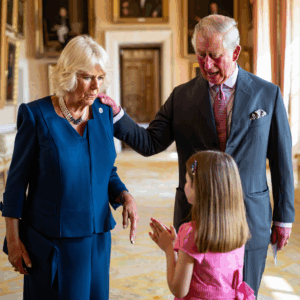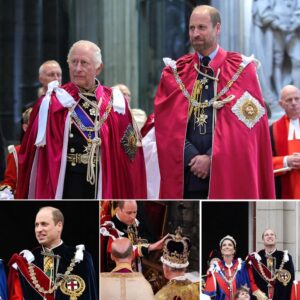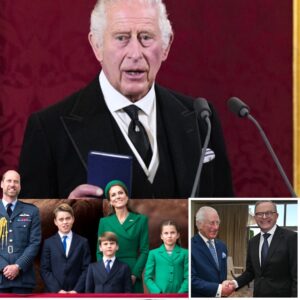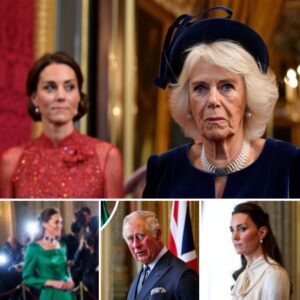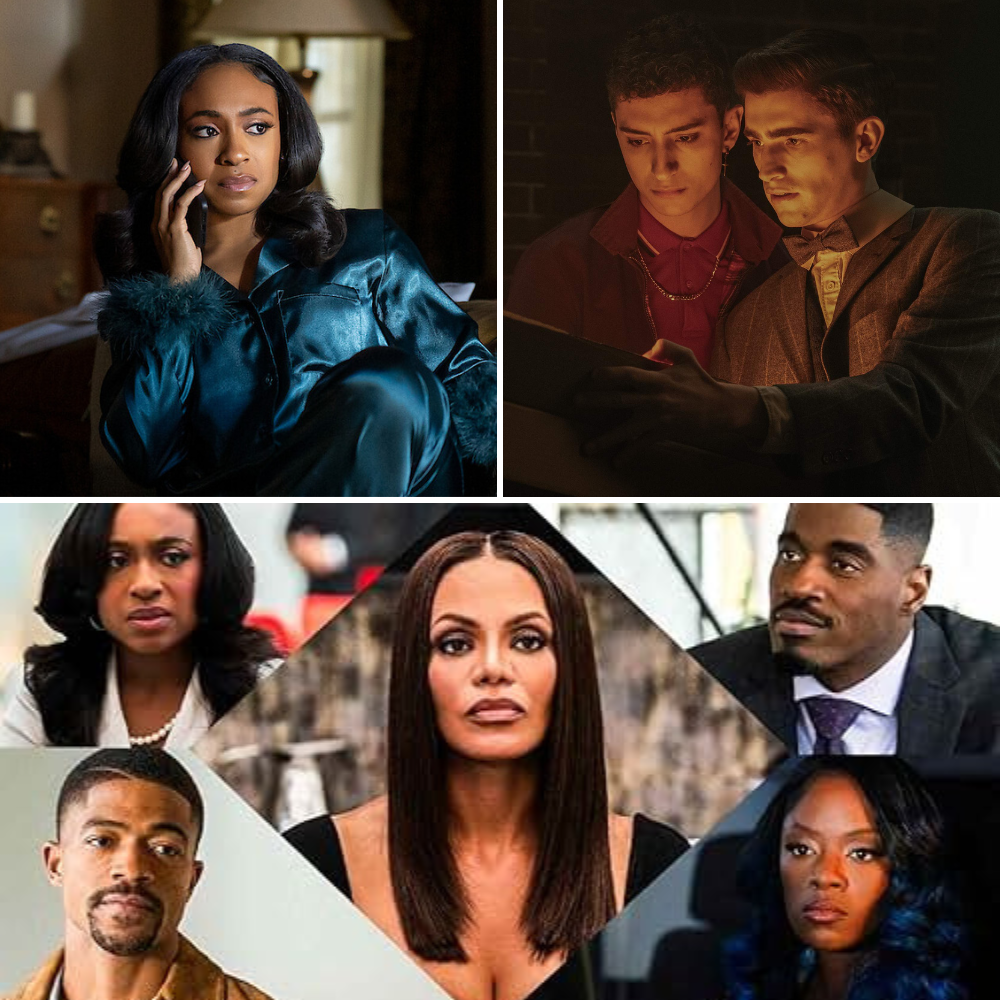
In the glittering yet treacherous world of high-stakes drama, Tyler Perry’s Beauty in Black has returned with Season 2, unleashing a torrent of betrayal, power struggles, and life-or-death cliffhangers that have fans on the edge of their seats. Premiering its first part on September 11, 2025, on Netflix, the series picks up right where Season 1 left off, thrusting viewers back into the opulent but rotten core of the Bellarie family empire. At the center of the frenzy is Charles Bellarie, the witty and irreverent son of patriarch Horace, whose humorous antics provide rare moments of levity amid the chaos. But as whispers of Roy’s potential death echo through the narrative, questions swirl: Can Charles’s quick wit and charm pull him through the impending storm, or will the family’s dark secrets claim another victim?
For those unfamiliar, Beauty in Black is a gripping drama series created, directed, and executive produced by Tyler Perry, marking his first foray into a full Netflix original series under a multi-year first-look deal signed in October 2023. The show contrasts the lives of two women from vastly different worlds: Kimmie, a resilient exotic dancer entangled in abuse and an underground trafficking ring, and Mallory, the poised face of the Bellarie family’s Beauty in Black cosmetics dynasty. Season 1, which debuted in two parts—October 24, 2024, for Part 1 and March 6, 2025, for Part 2—explored themes of class disparity, greed, and survival, culminating in Kimmie’s shocking marriage to Horace Bellarie, positioning her as the new COO of the family business and heir to its shadowy operations. This union wasn’t just a fairy-tale twist; it was a calculated move by Horace, who, battling prostate cancer he attributes to the toxic chemicals in their lye-based hair relaxers, sought to entrust his empire to someone untainted by his sons’ entitlement.
Charles Bellarie, portrayed with charismatic flair by Steven G. Norfleet, emerges as one of the series’ most compelling figures in Season 2. Unlike his brother Roy, who embodies spoiled entitlement and volatile temper, Charles brings a layer of humor and unpredictability to the Bellarie household. He’s the party-loving son who frequents the family’s seedier ventures, including the strip club tied to their trafficking schemes, yet harbors depths of vulnerability hidden beneath his comedic exterior. Fans have latched onto his quips and lighthearted defiance, making him a fan favorite amid the show’s relentless darkness. But Season 2 ramps up the tension, revealing Charles’s secret relationship with the family lawyer Varney, a plot point that explodes when Roy walks in on them, weaponizing the discovery to stir family discord. This betrayal doesn’t just fracture sibling bonds; it exposes Charles to homophobic barbs from relatives like Uncle Norman and heightens his precarious position in a family already teetering on collapse.
The specter of Roy’s “death” looms large, fueling speculation about Charles’s survival. While Season 1 teased explosive threats—like the fiery car attack on Charles that hinted at revenge from Norman over his wife Ina’s demise—Roy himself survives a dramatic fall in Episode 13, clinging to life after a balcony plunge. However, Season 2’s Part 1 finale delivers a gut-wrenching cliffhanger: masked intruders, posing as police, invade Charles’s home, holding him and Varney at gunpoint after Charles’s grisly attempt to dispose of bodies in a Dexter-esque frenzy. Roy’s role in uncovering Charles’s secrets could indirectly lead to this peril, suggesting that the “death” in question might symbolize the end of Charles’s hidden life or even foreshadow a literal demise tied to escalating vendettas. Social media buzz amplifies the intrigue, with viewers theorizing plot twists like Roy and Charles not being Horace’s biological sons but Norman’s, adding fuel to the family’s explosive dynamics.
Kimmie’s ascension as the “HBIC” (Head Bellarie in Charge) dominates Season 2, as she navigates corporate intrigue and personal vendettas with unyielding ferocity. No longer the underdog dancer, she’s now Mrs. Bellarie, wielding power over the cosmetics empire while grappling with Horace’s health crisis and the family’s illegal underbelly. Her best friend Rain’s botched BBL and quest for revenge, Sylvie’s naivety, and Angel’s arrests weave a web of side plots that intersect disastrously with the Bellaries’ chaos. Mallory, played by Crystle Stewart, schemes to protect her stake, her forbidden romance with chauffeur Calvin adding layers of hypocrisy to her elite facade. Meanwhile, Horace’s disdain for his sons’ lifestyles—particularly Charles’s sexuality—mirrors broader themes of hypocrisy and abuse within the family.
The series’ appeal lies in its unapologetic dive into taboo subjects: human trafficking masked as a beauty empire, class warfare, and the corrosive effects of unchecked power. Perry’s signature style—salacious twists, soapy melodrama, and social commentary—shines through, though not without criticism for one-dimensional characters and graphic content. Season 1’s success, topping charts in 28 countries, propelled the renewal, with Part 1 of Season 2 drawing millions of views despite mixed reviews on dialogue and stereotypes. Fans praise the high production values and addictive plot, likening it to a blend of Empire and Dynasty, but decry the misogyny and predictability.
As Part 2 of Season 2 looms in early 2026, the uncertainty around Charles intensifies the curiosity. Will his humor be his shield against the family’s wrath, or will Roy’s “death”—perhaps metaphorical or a red herring—drag him down? Perry teases “jaw-dropping twists” that keep viewers guessing, promising a wild ride of redemption and reckoning. In a narrative where trust is a luxury and survival demands ruthlessness, Charles’s fate hangs in the balance, embodying the show’s core question: In the beauty of black power, who emerges unscathed?
The Bellarie saga extends beyond the brothers, delving into generational trauma. Horace’s cancer revelation in Season 1 wasn’t just personal; it symbolized the poisonous legacy of their products, “killing women” through harmful chemicals—a karmic boomerang Horace acknowledges bitterly. Olivia, the estranged mother, and Norman, the shady uncle, amplify the dysfunction, with Norman’s potential revenge plots targeting the sons as proxies for his grief. Kimmie’s journey from victim to victor highlights resilience, her marriage a strategic alliance that upends the hierarchy, forcing entitled heirs like Roy and Charles to confront obsolescence.
Social media reactions underscore the buzz: Viewers laugh at Charles’s escapades, cringe at family revelations, and speculate wildly on forums and X posts. One fan notes, “Charles is hilarious,” while another frets over his safety post-cliffhanger. The Photoshopped fake announcements for Part 2 highlight the frenzy, with disappointed fans stocking up snacks in vain.
Perry’s oeuvre often grapples with black family dynamics, and Beauty in Black amplifies this with a glossy Netflix sheen. Despite critiques of formulaic dialogue and over-the-top nudity, the series captivates through its exploration of sexuality, as seen in Charles’s arc— a rare portrayal of queer identity in Perry’s work, fraught with familial rejection. As Kimmie declares, “That’s Mrs. Bellarie to you,” the power shift promises more carnage, with Charles’s humor potentially his only lifeline.
In this empire of illusions, where beauty masks brutality, Season 2’s intrigue builds toward an explosive Part 2. Charles’s survival isn’t guaranteed; the “death of Roy” could catalyze his downfall or redemption. Viewers, brace for the unexpected—Perry’s twists ensure no one is safe.
